Concluding the first of the Anglo-Ashanti Wars is a battle that would ultimately draw the borders between the Ashanti Empire and the British-held Gold Coast. This is…
THE BATTLE OF ACCRA
In 1826, the Gold Coast region got a new governor in John Hope Smith. He had a good reputation with the Fante and married a Fante woman. Smith also held positions in Cape Coast and was very much in favor Cape Coast being the main defensive point for British interests. He had detractors and even fell out with his predecessor Charles MacCarthy.
Smith set up enforcements in Accra where he had heard a rumor that Ashanti was targeting the town. He brought 11,000 troops bolstered by Ashanti enemies, the Denkyiras. Smith’s forces met the Ashanti on August 7th. The Ashanti’s tactic was to attack Smith’s forces at their strongest point. They were effective in taking down the Royal Marines, Smith’s strongest soldiers but weren’t ready to defend against attacks on both sides.
Once Smith and the British made use of their big guns, the Ashanti started to suffer major losses before retreating entirely. By 1831, a treaty was established with the Pra River being the empire boundary. Of course, this wouldn’t last long.
SECOND CLASH WITH THE BRITISH EMPIRE
Peace existed for over 30 years with both forces sticking to their side of the border. The thing that often ignited Ashanti conflicts was not adhering to understood or established territory borders. After chasing the fugitive Kwesi Gyana into the British-held part of the Gold Coast in 1863, another war broke out.
In the decade prior Britain had been in a number of conflicts and skirmishes. In the 1860s alone the crown was actively involved in the bloodless Pig War dispute against the U.S. over the Canadian border. They would team with the U.S. and other colonial powers against realms in Japan during 1863. Also, there was a dispute in New Zealand against the Maori.
As a result, it would appear that Britain was fighting too many wars or preventing conflicts from spiraling out. When the Gold Coast governor called for reinforcements from England, he was denied. Eventually, he retreated his force from battle.
In part three, we’ll look at the Third Anglo-Ashanti War which occurred a decade after this conflict.
REFERENCE: http://warfarehistorian.blogspot.com/2012/10/anglo-asante-wars-1824-1906-hundred.html




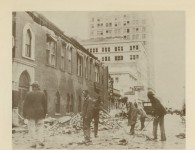
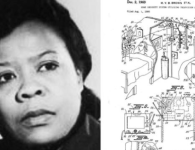
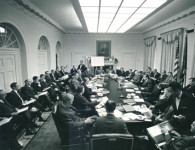
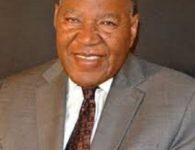
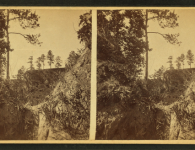

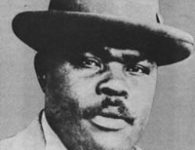




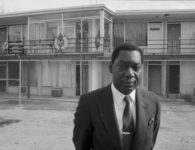

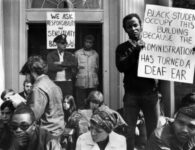

No comments